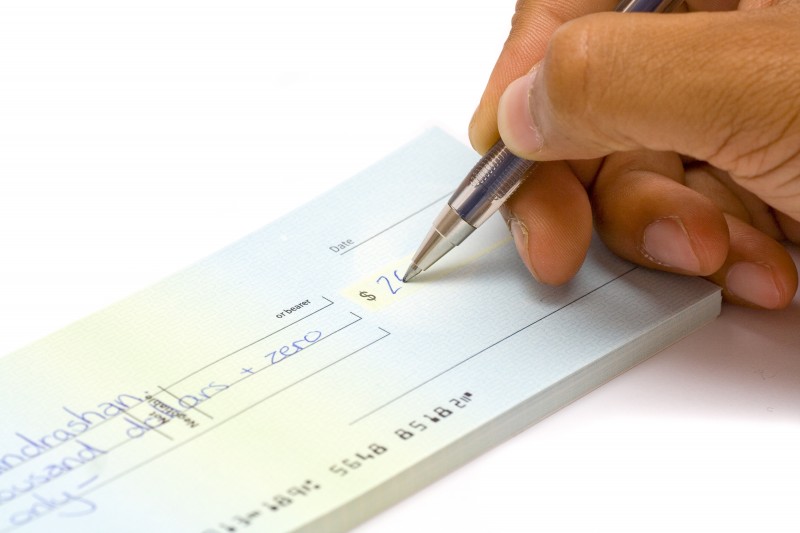
Header Image Credit: Vadim Sadovski © 123rf.com
As entrepreneurs mature, they pass through four distinct phases of business. These are the Founder Phase; the Farmer Phase; the Tinker Phase; and, if they’re very successful, the Thief Phase.
Each phase requires a different mindset, different habits, and different types of growth. But the goal is simple: to achieve wealth of finances and time. That’s why we’re all in this, right?
The first phase of entrepreneurship is the Founder Phase.
When most people picture an entrepreneur, they’re usually picturing a Founder. Tired but happy, they’re balancing their books at midnight. They probably have a little flour on their cheek after a long day in their bespoke donut bakeries, but they’re in control of their lives and are clearly reaping the reward. This is the phase of #hustle and #grind, when the Founders’ wallets are empty but their energy is boundless. Their ideas are keeping them up all night; they’ve never felt more alive. It’s as exciting as a roller coaster!
But roller coasters aren’t exciting for long. And entrepreneurs can’t live on dreams alone.
The goals of the Founder Phase are to:
- Pay Yourself a Little Every Week
- Work As Much As Necessary (But No More)
- Establish Your Effective Hourly Rate
- Identify Your Niche
- Develop Your Services
- Set Your Prices
- Quit Your Day Job
- Stabilize Your Cash Flow
- Perfect the Sales Process
- Hire One Person (Probably in a Lower-value Role)
- Create an Online Presence
Focusing on these few goals will move a Founder toward success faster than trying to do everything all at once. For example, it’s not necessary to learn a Facebook ad strategy in the Founder Phase. It IS necessary to understand who your clients are and what they really want to buy.
Image credit: cyphix © 123rf.com
Here’s how to move through the Founder Phase quickly:
- Pay yourself a little every week. I know, I know: There’s no money! But do it anyway: Write yourself postdated checks for $100/week for the next three months. Sign them, and put them in an envelope. Take them to the bank. You’ll generate the cash to cover them—I promise. But if you don’t write the checks, you’ll get into the habit of paying yourself last. And expenses always grow to the limits of your revenues (you’ll spend the money somewhere else if you don’t spend it on yourself).
- Start tracking the time you spend working on your business. Calculate your hourly rate, even if it’s $1 per hour or less. We call this the Kingmaker Equation. It won’t be great now, but you have to start somewhere.
- Build your prices off what you need to earn. Calculate the number off 150 clients. Read “How to Set Your Rates” here.
- Sell the right things to the right people. Ask your first clients why they came to your business; why they keep coming back; and what their other challenges in life are. Listen to my interview with Mike Michalowicz, author of The Pumpkin Plan.
- Hire one person. Write out your roles and tasks (I walk through this process in depth in my last book, Two-Brain Business 2.0). Assign an hourly value to each role. Hire someone to replace you in the cheapest one. Use that time to work on a higher-value role, like sales.
- Build a website—or just a landing page, or a clickfunnel. Build a place to take people from their social media channels. Collect email addresses from this place.
- Don’t try to do everything. You’re going to be tempted by dozens of great ideas. And you can do all of them, but not right now. Many entrepreneurs spend years instead of months in the Founder Phase because they chase shiny objects instead of focusing on their building blocks. Trust me: After speaking with hundreds of entrepreneurs who still aren’t taking a paycheck after five years, you need to do this stuff first. Your culture-building ping pong tournament between management and staff can wait. So can your Instagram world takeover.
The greatest sin in the Founder Phase is Projection. We think that our clients want exactly what we want; that our budgets are their budget; that our levels of dedication are the same as theirs. We think that we are our own best clients. And this isn’t true. Great companies are built only after this question is answered:
“What do you want now?”
The greatest lesson of the Founder Phase is that we can reach success only when we give other people what THEY want. But when we realize that’s the path, we can quickly ramp up to the Farmer Phase…and that’s when things really start to get interesting.
An excerpt from the upcoming book: “Founder | Farmer | Tinker | Thief” by Chris Cooper.










